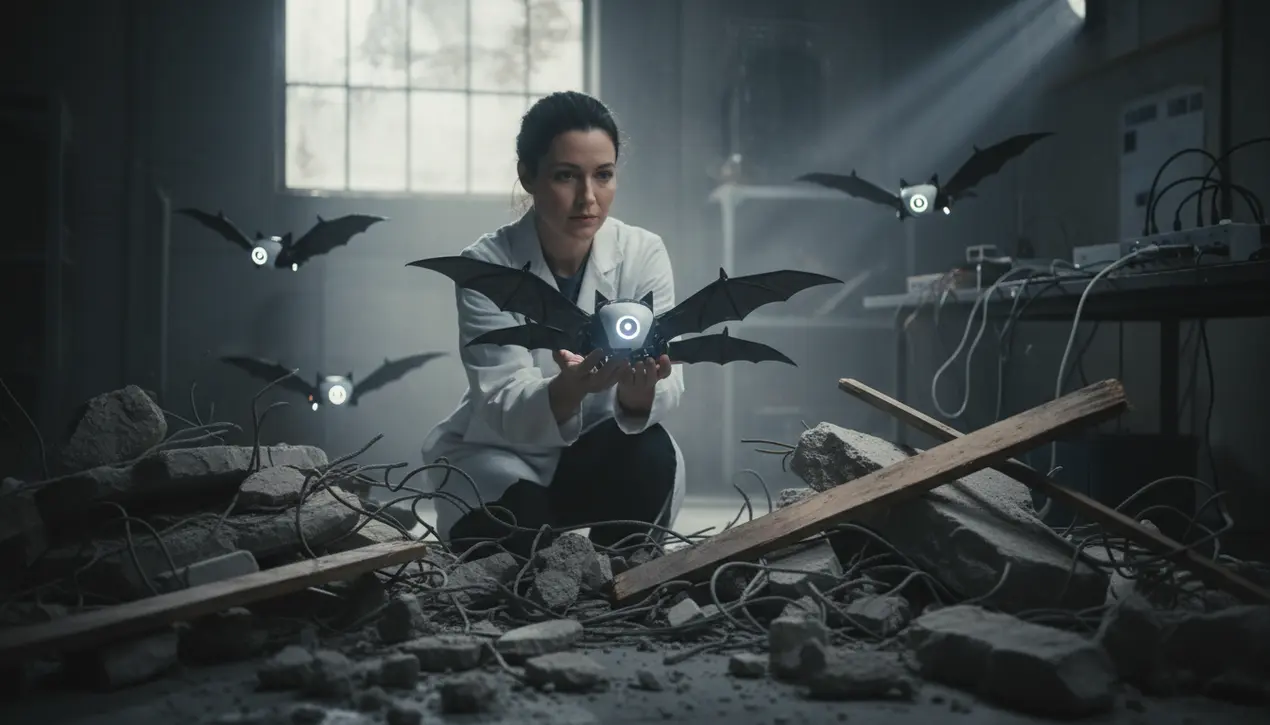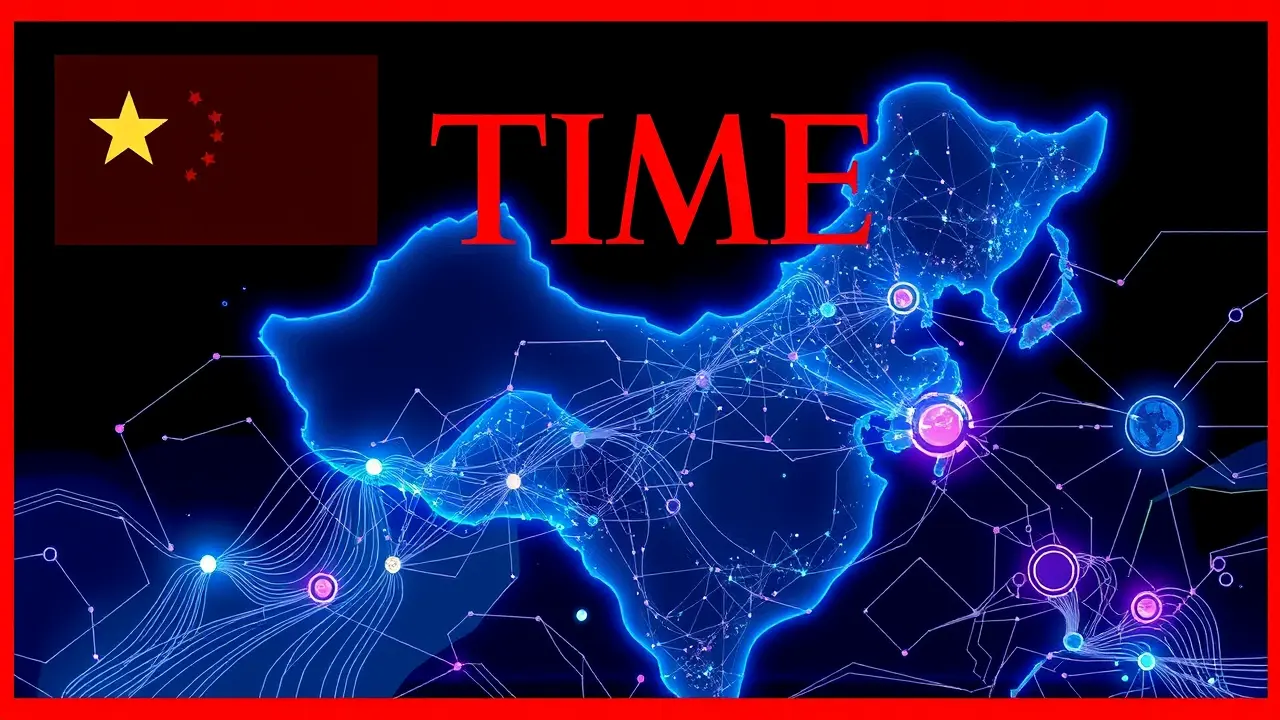
AIroboticsAutonomous Navigation
Researcher Develops Bat-Inspired Robots for Search and Rescue.
KE
Kevin White
2 hours ago7 min read
In a fascinating convergence of biomimicry and advanced robotics, a pioneering researcher has developed a fleet of palm-sized robots that leverage ultrasound signals to navigate the treacherous, disorienting environments typical of search and rescue missions. This isn't merely an incremental upgrade to existing drone technology; it's a fundamental re-imagining of sensory perception, directly inspired by the sophisticated biological sonar, or echolocation, employed by bats.These creatures masterfully traverse pitch-black caves and dense forests by emitting high-frequency sound waves and interpreting the returning echoes, building a dynamic, three-dimensional acoustic map of their surroundings. The researcher's breakthrough lies in miniaturizing and adapting this complex biological system into a robust, autonomous robotic platform capable of operating where GPS fails and visual sensors are blinded by smoke, dust, or rubble.Imagine a collapsed building after an earthquake: the air is thick with particulate matter, visibility is near zero, and the unstable structure is too dangerous for human first responders. This is the precise operational niche for these bat-inspired robots.They can be deployed en masse, flitting through narrow gaps and collapsed voids, their onboard ultrasonic emitters pinging constantly. The returning echoes are processed in real-time by algorithms that can distinguish between the inert, jagged shapes of broken concrete and the subtle, life-indicating contours of a human form.This goes beyond simple object detection; it's about discerning the faint, rhythmic vibration of a chest rising and falling or the minute heat signature of a trapped survivor, data points fused from acoustic and other miniaturized sensors. The implications for disaster response are profound, potentially shaving critical hours off rescue windows and dramatically increasing survival rates in scenarios where every minute counts.The development sits at the thrilling intersection of several next-gen scientific fields: advanced robotics, computational bio-inspiration, and AI-driven sensor fusion. It prompts a futuristic vision where swarms of these autonomous agents, communicating with each other like a colony of bats, could self-organize to systematically clear a disaster zone, flagging locations of survivors directly to the command center.While challenges remain—such as optimizing battery life for extended missions and ensuring signal clarity in acoustically chaotic environments—this research represents a significant leap forward. It's a powerful testament to how looking to nature's time-tested solutions, from the bat's navigational prowess to the human body's own complex systems, can provide the blueprint for the life-saving technologies of tomorrow, pushing the boundaries of what's possible in emergency medicine and crisis management.
#featured
#robotics
#bats
#search and rescue
#autonomous navigation
#ultrasound
#bio-inspired robots
Stay Informed. Act Smarter.
Get weekly highlights, major headlines, and expert insights — then put your knowledge to work in our live prediction markets.
Related News
Comments
Loading comments...
© 2025 Outpoll Service LTD. All rights reserved.












